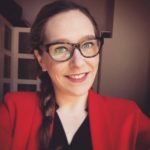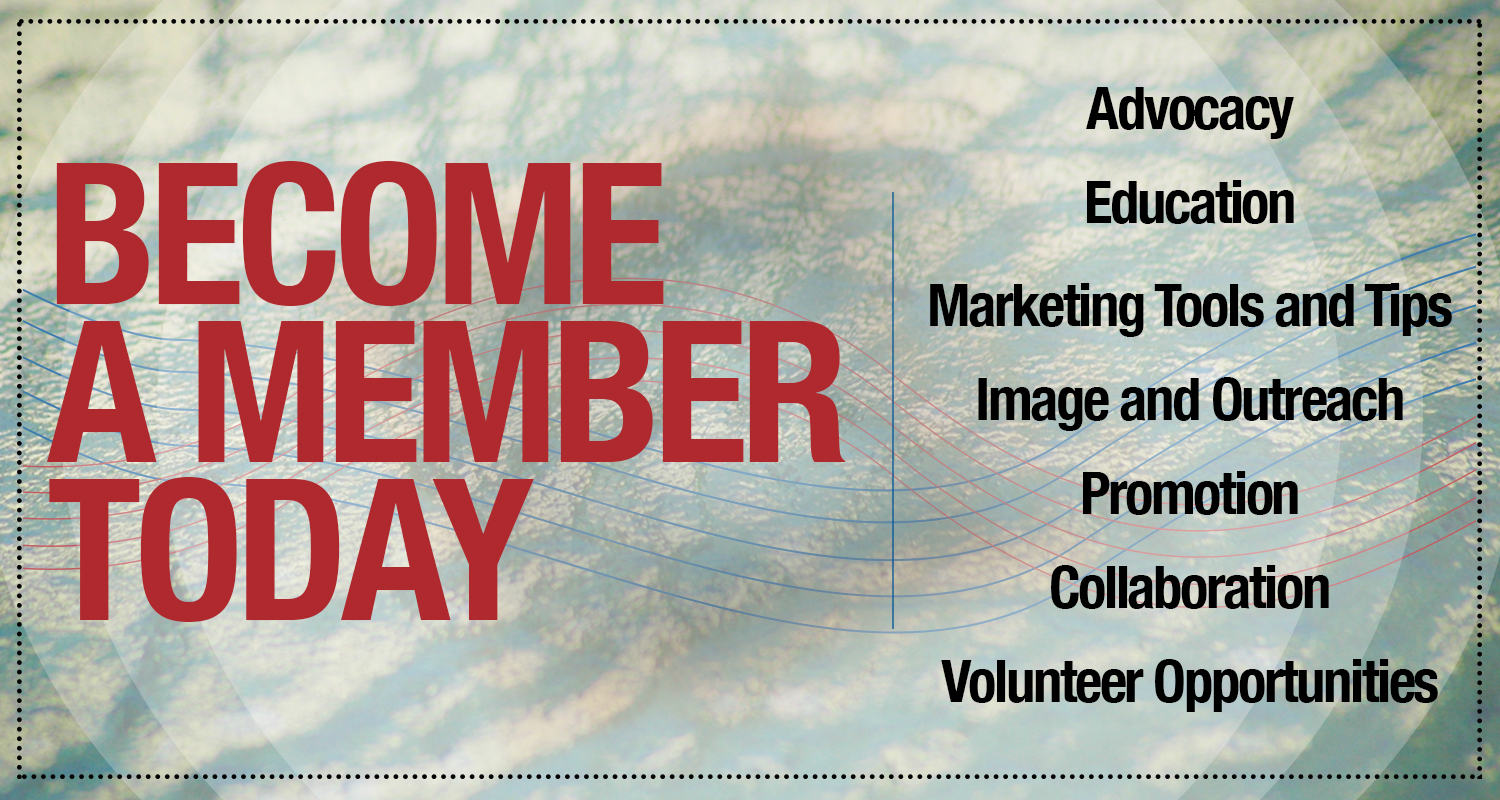 Date: Thursday, June 9th – 2pm EST
Date: Thursday, June 9th – 2pm EST
SPEAKER: Andréanne Sharp, M.P.A., Ph.D.Professeure adjointe et Chercheure CERVO, Programme d’Audiologie, Département de réadaptation, Faculté de Médecine Université Laval
, CAA Members View the Recording - log in to view
Abstract:
In everyday life, it is rare to find an environment where there is only one sound at a time. The daily auditory scene of human is made of a wide variety of sounds with various spectral and temporal components. The ability to integrate auditory inputs that belong together and segregate those that come from different sound sources to allow a mental representation is called auditory scene analysis (Bregman, 1994).
In this webinar, you will learn what types of behavioral tasks can be used to investigate the auditory scene analysis. Auditory illusions are precious tools to better understand perception as they allow us to investigate the limits of auditory perception. In the first part of the presentation, I will discuss how auditory illusions can provide a better understanding of auditory scene analysis in difficult contexts and how these illusions can be used for research and clinical purposes.
In the second part of this webinar, a new therapeutical perspective to try to improve auditory scene analysis will be presented. A population particularly bothered by auditory scene analysis difficulties are the elderly. Age-related hearing loss is a significant problem that leads to difficulty understanding speech in noise and impaired perception of music. In a recent literature review from our laboratory, we assessed if musical therapy could be a useful tool for audiological rehabilitation in the elderly. We will discuss the reviewed evidence and perspectives for research and clinical practice in audiology.
Learning Points:
- To understand better what is auditory scene analysis and why is it so important in everyday life.
- How auditory illusions can help us to investigate auditory scene analysis?
- How can we help our patient to improve auditory scene analysis by widening horizons to to new forms of audiological therapy.
SPEAKER BIO: Andréanne Sharp, M.P.A., Ph.D.Professeure adjointe et Chercheure CERVO, Programme d’Audiologie, Département de réadaptation, Faculté de Médecine Université Laval
Andréanne Sharp is an assistant professor at Laval University in the rehabilitation department of the faculty of medicine and also, a certified clinical audiologist. Passionate about research and filled with a deep desire to improve quality of life of people with hearing loss, she obtained her Ph.D. in the Auditory Neuroscience Research Laboratory of Professor François Champoux at the University of Montreal. She then pursued postdoctoral studies in the laboratory of Dr. Robert Zatorre at McGill University. It is her musical background that gave her the innovative idea of developing research projects linking audiology and music. In her clinical practice in audiology throughout Quebec, she has met many patients complaining of difficulty perceiving music with their hearing aids. She therefore saw the need to develop new rehabilitation tools for this population. According to her, the solution to this problem began with exploration of other senses. This is why she started to develop vibrotactile technological tools allowing her to study musical perception in individuals with profound deafness.
Within her laboratory, Andréanne Sharp hopes to continue the development of knowledge in the field of adult rehabilitation by studying the limitations caused by deafness in terms of communication and recreation. To do this, the first part of his research program consists in studying the fundamental mechanisms of auditory scene analysis and music perception in normal individuals as well as those who have followed musical training. This new fundamental knowledge is necessary to develop new rehabilitation tools that can be used by clinicians. The second part of her research program aims to study the impact of deafness on auditory skills related to music perception in order to propose rehabilitation tools. She would like to investigate how to more adequately adjust existing compensatory tools for individuals with deafness (hearing aid or cochlear implant) and work on the development of new technological rehabilitation tools (for example, vibrotactile aids) in order to allow people with hearing loss to make a better analysis of the auditory scene. The professor also wishes to measure the effect of auditory training (for example, musical training) on central auditory skills in order to develop tools that can be used in rehabilitation.
, CAA Members View the Recording - log in to view



